The triggers of autism are different for each person, but sensory differences, changes in routine, anxiety, and communication difficulties are common triggers.
Autistic meltdowns and tantrums can seem similar at first glance. However, unlike the average temper tantrum, an autistic meltdown is bigger, more emotional, and more difficult to manage. A person with autism often experiences increased anxiety and distress during a meltdown.
One of the most frightening aspects of a meltdown is the extent to which the child loses control. Autistic people, as well as those who support them, can be distressed by meltdowns.
There is no set duration for meltdowns; they can last for minutes or hours.
In this course you will learn more about how to help your child during their meltdown and how to deal with a variety of other behaviours.
The 5 modules in this course about the autism meltdown:
- The autistic meltdown – or is it a tantrum
- Behaviour that forms part of the child’s diagnosis
- Atypical avoidance behaviours
- How to help a child during an autistic meltdown
- Top tips for dealing with a variety of different behaviours
You may also be interested in out All you need to know about Autism course that discusses everything from the diagnosis to toilet training.



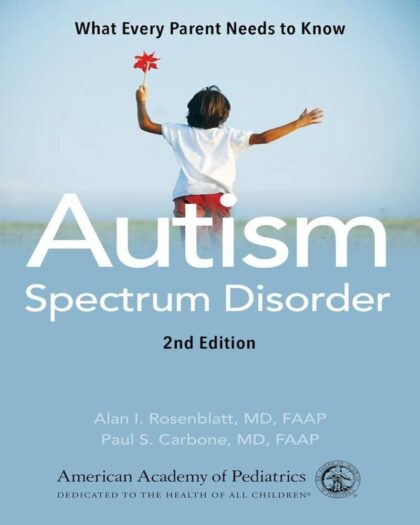
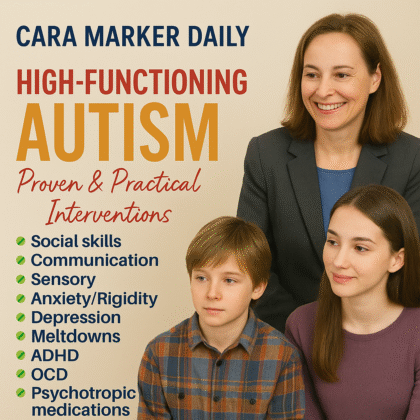
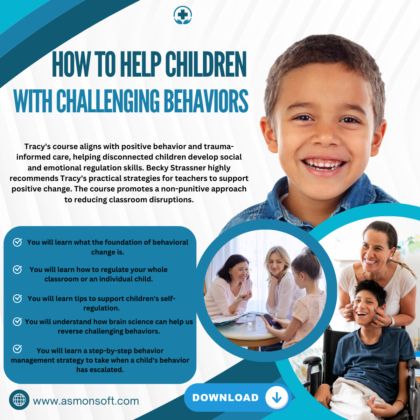
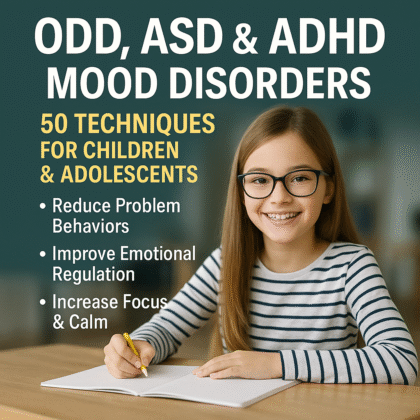
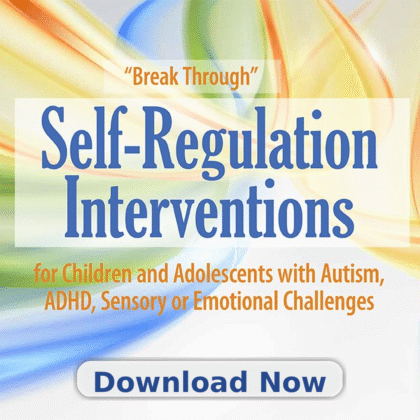
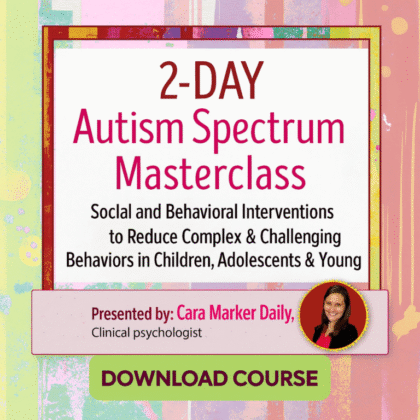
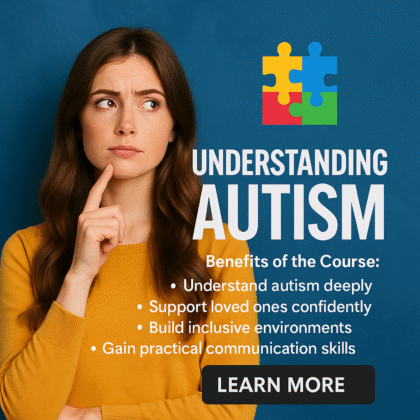

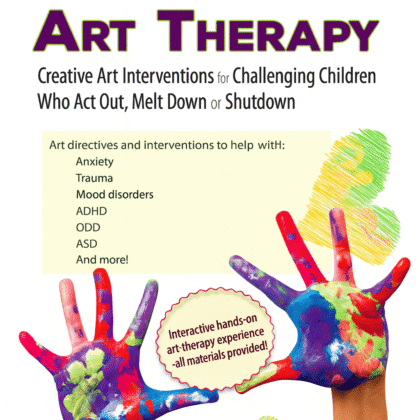
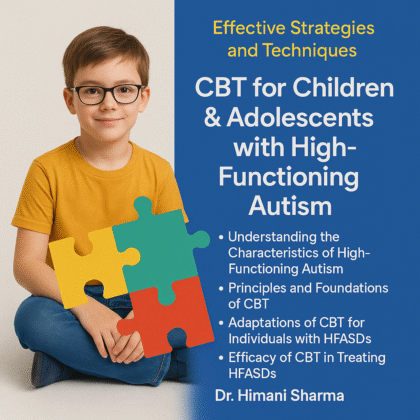

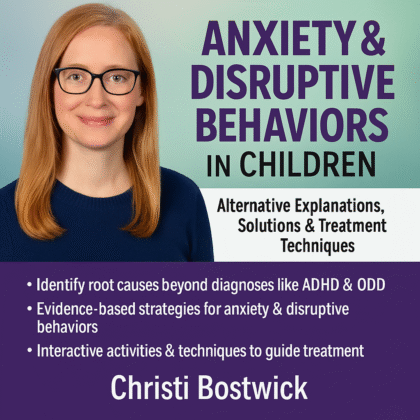
Reviews
There are no reviews yet.